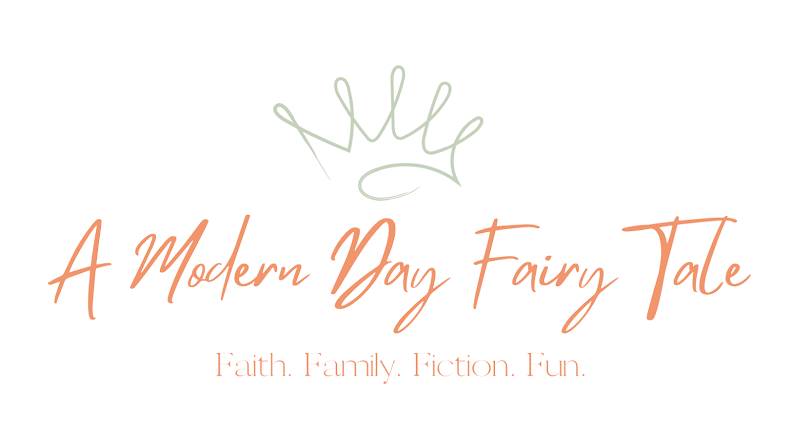We celebrate Easter to
commemorate the death and resurrection of Jesus. He died on the cross on Good
Friday and rose again on Easter Sunday and the celebration of Easter has been
taking place in the Christian world ever since.
Over the last 2,000
years, a lot of traditions have been created around this important festival,
but some have come into existence more recently than others. Here are seven
Easter traditions that are celebrated today and their origins.
Hot Cross Buns
It is obvious where
the idea of the cross on the hot cross bun originates from but what about the
bun itself? In early Christian times, it is thought that these buns were made
without using dairy products as these were forbidden until the end of Lent. It
is believed that the spices were later added to the bun to represent the
embalming of Jesus and the orange peel is said to represent the bitterness of
his time on the cross. However, modern hot cross bun recipes have only appeared in print since the end of
the Victorian period in around the 1880s.
Painting Easter Eggs
Easter eggs are said
to represent the rebirth of Jesus. However, it is believed that they were a
symbol of springtime and new life before the time of Christ and that Christians
adopted this tradition from earlier times. According to some tales, Mary Magdalene
brought eggs to the crucifixion and when the blood of Christ fell on them, they
were dyed red, thus marking the start of painting the eggs.
Other legends suggest
that the eggs were taken to Jesus’ tomb to be shared with the other women two
days after Jesus’ death. When the stone was rolled back, and the tomb was found
to be empty, the eggs turned red.
This tradition has
evolved over the centuries, and in the 19th century, it became
popular to exchange chocolate eggs on Easter Sunday. Confectioners decided to
make them hollow rather than solid as this makes them much easier to eat and it
reduces the price.
The Exchange of Easter Cards and
Messages
Religious easter
greetings are as old as religion itself, but it is no surprise that the rise of
sending Easter cards has risen in line with the ability to send items in the
post. The postal system started in the middle of the 18th Century
and since then people have been sending each other Easter cards. Religious easter
greetings are one of the most popular types of greeting card and these days
many people are turning to the expertise and personal service offered by companies
like Greenvelope, who offer personalized and digital religious Easter greetings, meaning that you can find the perfect Easter
message for friends and loved ones and you don’t even have to put it in the
post box.
Easter Lilies
Lilies are used to
represent Easter and every year churches are decorated with these popular
flowers. They represent the purity of Jesus and his resurrection.
Sunrise Services
Sunrise services are
held in churches across America to celebrate the time at which Mary Magdalene
is believed to have opened Jesus’ tomb and found it empty. This became a
tradition in central Europe in the 1700s and quickly spread to the USA. These
services are still held early on Easter Sunday and are attended by thousands of
Christians.
Easter Parades
Arguably the most
famous Easter parade is the one that has taken place in New York City since the middle of the 19th
century. In the early days, it was a time when the toast of New York society
would attend the morning church service and then parade around afterward
showing off their new Easter clothing and bonnets. It became extremely popular
for the rest of the New York population to turn out to watch the glitterati of
the age parade around.
This is still a
massive parade in New York and every year part of Manhattan is closed to
traffic so that the parade can take place and still features participants in
elaborate hats and bonnets. Other cities have followed suit and now cities
across America hold their own Easter parades.
Roast Lamb
Jesus is called the
‘Lamb of God,’ so it is symbolic that lamb is the meat of choice for the
celebration of Easter. It is believed to have started in the Jewish religion
but has been adopted by Christians who eat this meat as they want their homes
to be blessed by God at this time of year. Historically, lamb was one of the
first meats available in spring after a long winter.
Easter is a hugely
significant time in the Christian calendar, so it is not surprising that so many
of the traditions we still uphold at this time of the year have their roots in
religion.


0 Comments:
Post a Comment
"Pleasant words are as a honeycomb: sweet to the soul and health to the bones." Proverbs 16:24